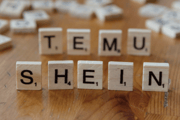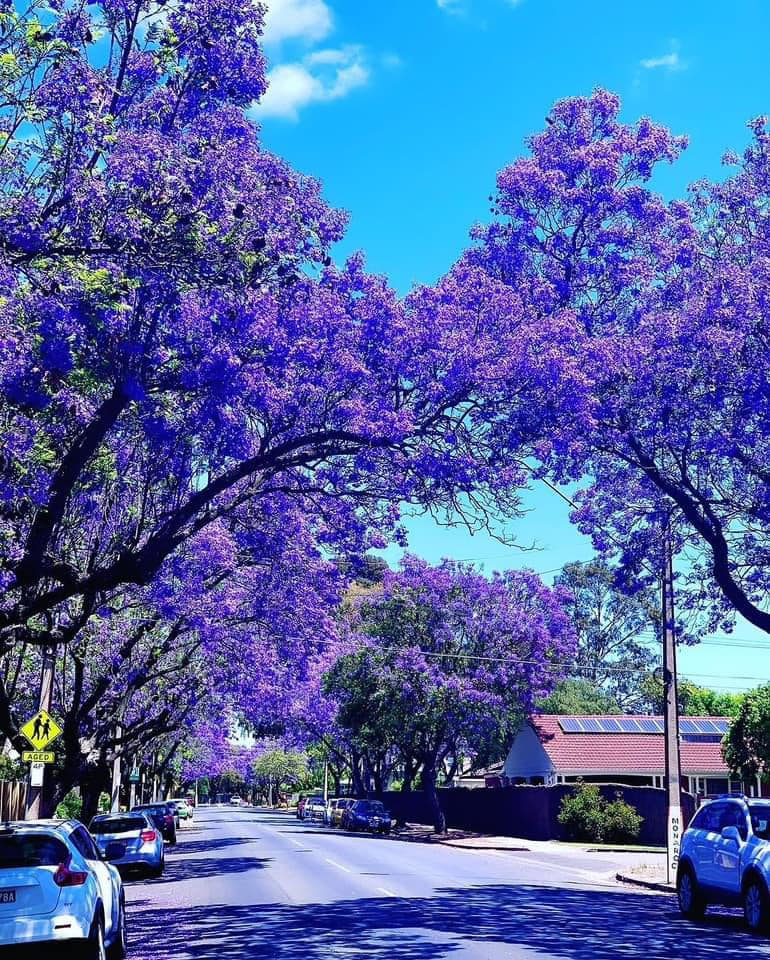
As spring sweeps across Australia and purple petals begin carpeting the streets, suburban beauty meets controversy.
The iconic jacaranda—beloved by many for its dreamy blooms—is now at the centre of a heated debate.
Are these trees enchanting symbols of the season or ecological invaders causing silent damage?
For some, the jacaranda’s charm has worn thin. Complaints have emerged about slippery pavements and clogged drains, but not everyone is ready to let go of the lilac spectacle. Tim Pickles, a seasoned gardener and nursery owner, has had enough of the critics.
‘Roses have thorns, but we don't go, OK, don't plant roses, we just learn that they have thorns,’ he said in an interview, defending the trees against calls for removal during their brief four to six-week blooming period.
‘People call tree leaves or flowers [on the ground] a mess, but it's not a mess; it's nature. And nature can be slippery sometimes,’ Pickles said, dismissing the backlash as ‘ridiculous.’
A 170-year love affair gone complicated
The jacaranda’s roots in Australia trace back to the mid-19th century, when the first tree bloomed in Sydney around 1850. By 1865, Sydneysiders were flocking to the Botanic Garden to admire its ‘luxuriant blossom’.
Brought from South America through 19th-century imperial plant-exchange networks, jacarandas quickly found a home in Australian soil—and hearts.
Today, they’ve become so entwined with Australian culture that many mistake them for natives. They even feature in the Australian Christmas song ‘Christmas Where the Gum Trees Grow’, since their blossoms arrive in summer.
At the University of Sydney, students still see the first jacaranda bloom as a reminder to start studying for exams.
The environmental reality check
But behind the purple haze lies a more complex environmental truth. Jacaranda mimosifolia has been labelled invasive in some parts of Queensland and South Africa, where it competes aggressively with native flora. The species can form thick clusters of seedlings, crowding out local vegetation and disrupting ecosystems.
Luke Mosely from Gympie and District Landcare highlighted their rapid growth rate—up to three metres a year—which allows them to outpace and overshadow native trees. ‘Jacarandas also grow quite quickly,’ he said. ‘This means they can outgrow most of our natives and then shade out many of the native species within the ecosystem.’
The threat isn’t just about competition for space. Native birds rarely feed or nest on jacarandas, even when the trees are in full bloom, preferring Australian natives like bottlebrushes and red gums. Beneath their canopies, few plants thrive, as their dense roots choke out grasses and wattles alike.
Beyond slippery footpaths: the hidden damage
The purple petals may be pretty, but property owners are facing less romantic consequences. Jacarandas are notorious for their invasive root systems, which can damage retaining walls, driveways, fences, and even swimming pools.
‘They're planted along nature strips a lot, and they get into stormwater drains,’ Luke explained. He added that roots can infiltrate household pipes, making them a risky choice for suburban backyards. ‘As far as a backyard plant goes, they're not really ideal.’
‘We see jacarandas as weeds, but it's actually our failure. We have more trees being chopped down than being planted; we need them to replace themselves.’
The cooling factor in a warming world
Pickles argues the debate misses the bigger picture—trees, even invasive ones, are vital for cooling cities.
‘We see Jacarandas as weeds, but it's actually our failure. We have more trees being chopped down than being planted; we need them to replace themselves,’ he said.
Studies support his point. In western Sydney, streets lined with trees have recorded temperature differences of up to 20 degrees compared to bare streets. In a warming climate, jacarandas offer much-needed shade, with their blooms a welcome bonus.
Purple celebrations continue
Despite the environmental concerns, jacaranda season remains a beloved fixture of Australian life. Grafton’s annual Jacaranda Festival—running until 2 November—draws thousands of visitors each year. Nurseries continue to report high demand, as homeowners dream of transforming their yards into purple paradises.
Finding middle ground
Environmental groups, however, suggest looking for balance. Native alternatives like the Melaleuca can provide similar bursts of colour—ranging from red to cream and yellow—while supporting biodiversity. Meanwhile, countries like South Africa have restricted jacaranda planting due to their high water consumption and invasive habits, even as eucalypts face the same treatment there.
The bigger picture
The jacaranda debate reflects a broader urban dilemma: how to balance beauty, biodiversity, and practicality. Without proper management, experts warn that jacarandas could dominate Australian landscapes much like they have in parts of South-East Queensland, where the species is now listed as a significant environmental weed.
Perhaps the answer lies not in eliminating the trees entirely but in managing them wisely. Regular pruning and root control can reduce damage, while prioritising native plantings in new developments could preserve both beauty and biodiversity.
Want to see the real impact of those stunning purple blooms? This short video dives deeper into the hidden costs of jacarandas and why they’re stirring debate across neighbourhoods.
Watch now to see what’s really happening beneath the petals.
Source: Youtube/Yahoo Australia
What This Means For You
Jacarandas were introduced to Australia in the mid-1800s through global plant exchanges and, while their purple blooms are beloved, the species can act invasively in places such as Queensland—out-competing native plants, forming dense seedlings and creating understories where few natives thrive; they do provide valuable urban cooling but their vigorous roots can also damage foundations, pipes and stormwater drains, forcing homeowners to weigh beauty against practical risk.
If you’ve lived in your home for many years or are responsible for a neighbourhood street tree, it’s worth considering those trade-offs now—regular maintenance, careful placement and choosing native alternatives such as Melaleucas can help preserve the charm of our streets while protecting property value and safety.
If all this talk about jacarandas has you rethinking your garden, there’s an easy way to bring back some calm and colour without the drama of invasive roots.
A few thoughtful changes to your garden setup can refresh your space, lift your mood, and even make daily routines feel lighter.
Here’s a great read that shows how a few simple updates can make a world of difference in your outdoor space.
Read more: How a simple spring refresh for your plants can improve life
Gardener slams 'ridiculous' backlash against iconic jacaranda tree in Aussie suburbs—All For Gardening — Gardener Tim Pickles defends jacarandas, saying critics overreact to their brief blooming period and natural leaf fall.
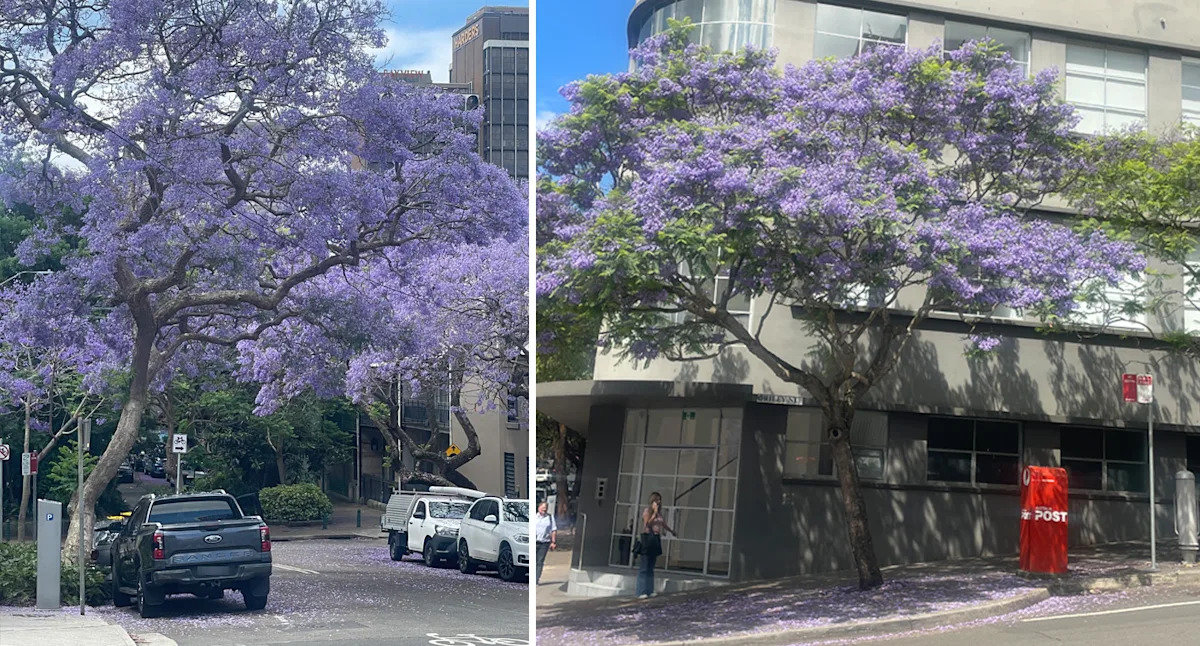
Gardener slams 'ridiculous' backlash against iconic jacaranda tree in Aussie suburbs - All For Gardening
Jacaranda mimosifolia—Wikipedia — Details the species’ introduction to Australia in the 1850s and its invasive classification in certain regions.
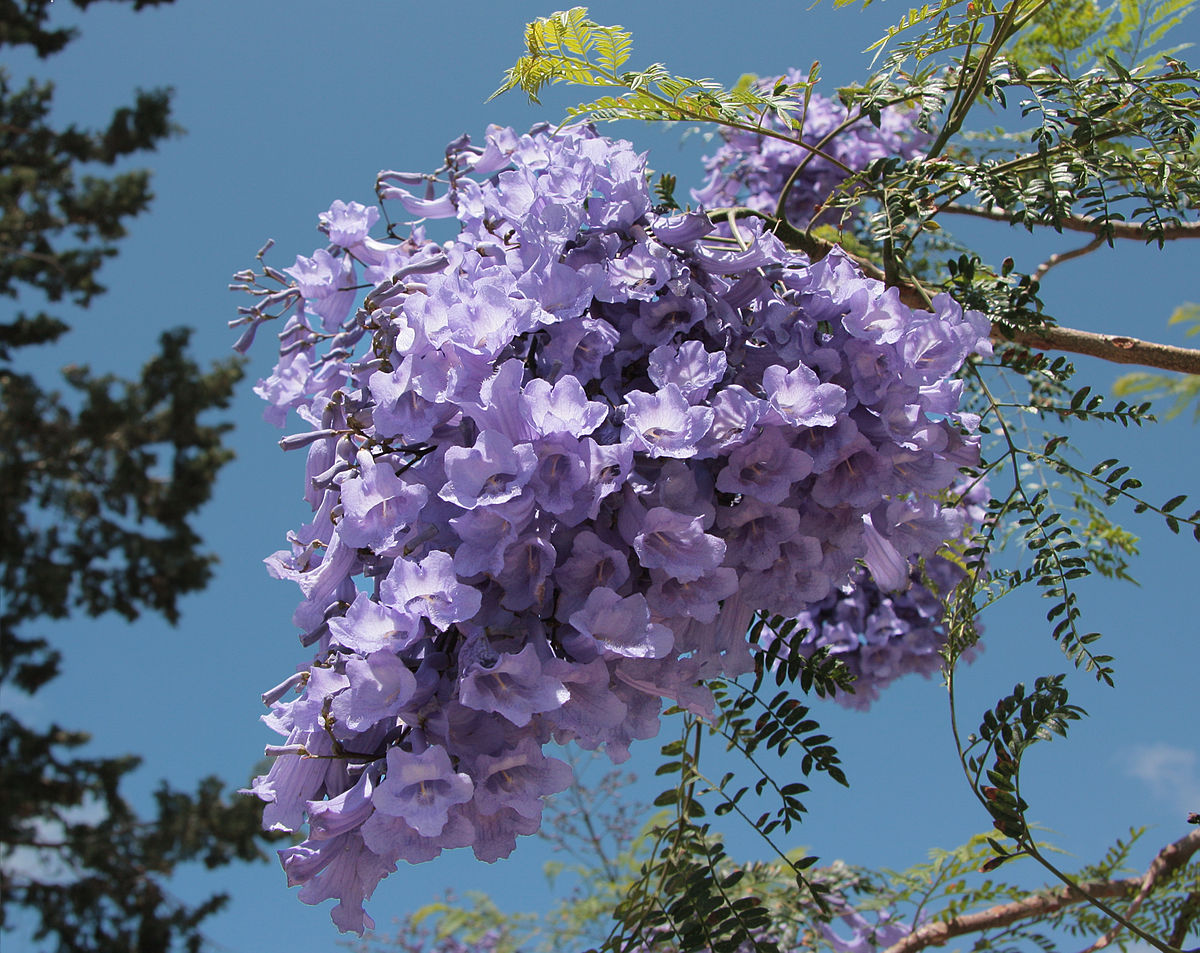
Streets of purple haze: how the South American jacaranda became a symbol of Australian spring — Explains the jacaranda’s global journey to Australia through 19th-century plant exchanges.

Streets of purple haze: how the South American jacaranda became a symbol of Australian spring
 theconversation.com
theconversation.com
How the South American jacaranda became a symbol of Australian spring—Australian Geographic — Explores the tree’s cultural significance and its mistaken identity as an Australian native.
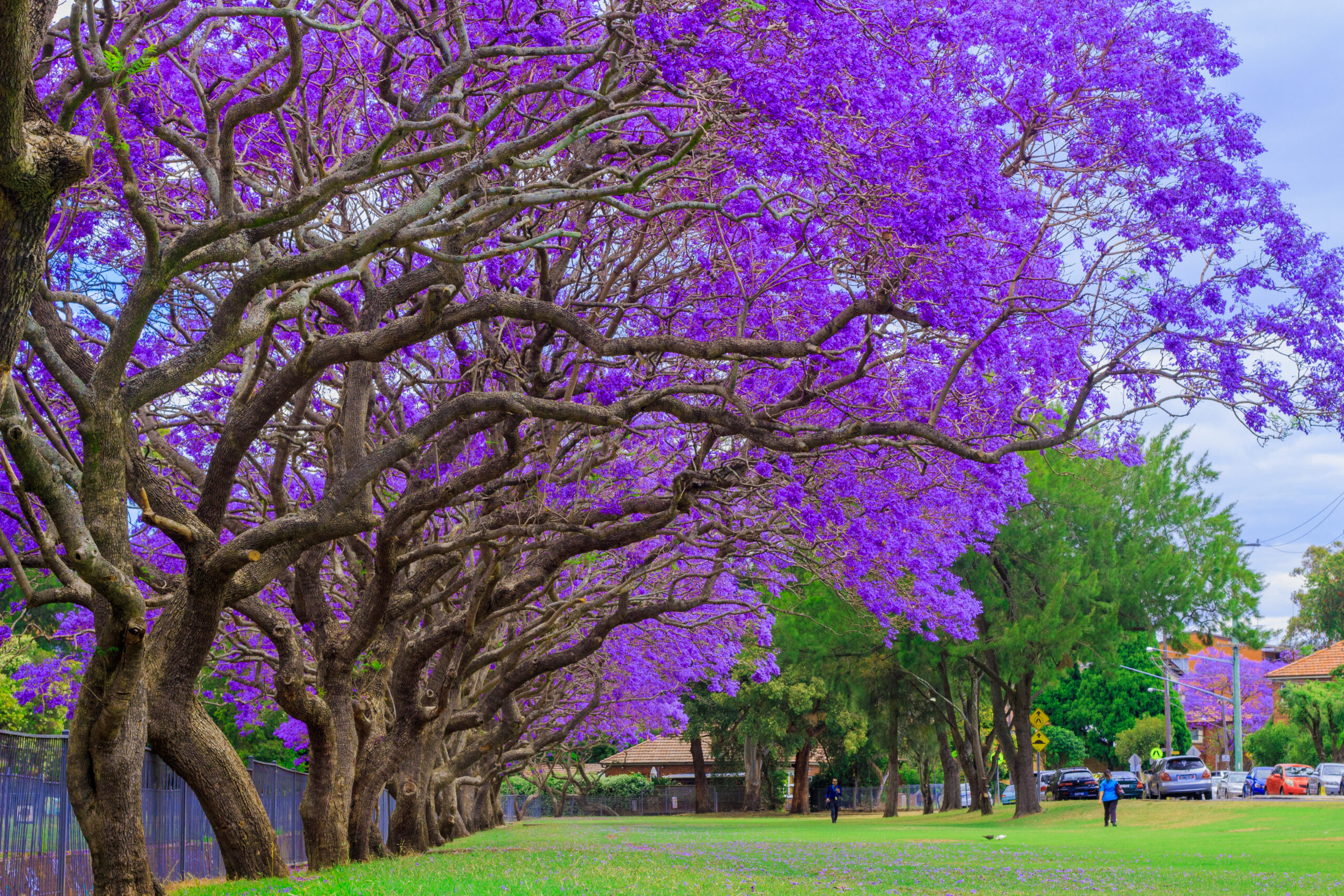
How the South American jacaranda became a symbol of Australian spring - Australian Geographic
Sinister truth behind 'stunning' trees lining suburban Aussie streets — Highlights the jacaranda’s rapid growth rate and potential to outcompete native species.
Sinister truth behind 'stunning' trees lining suburban Aussie streets
The biodiversity downside to Australia's Jacaranda flowering season — Discusses the tree’s low biodiversity value, with few native birds nesting or feeding on it.
The biodiversity downside to Australia's Jacaranda flowering season
Why there’s a lot more to love about jacarandas than just their purple flowers — Notes the jacaranda’s environmental benefits, including its shade and cooling effect in hot climates.

Why there’s a lot more to love about jacarandas than just their purple flowers
 theconversation.com
theconversation.com
Destructive truth behind Australia's most 'spectacular' tree invading homes and gardens — Explains the jacaranda’s invasive root system and potential to damage pipes, walls, and driveways.
Destructive truth behind Australia's most 'spectacular' tree invading homes and gardens
Jacaranda — Details the species’ invasive classification in parts of South Africa and Queensland.

Jacaranda
The biodiversity downside to Australia's Jacaranda flowering season — Warns that without management, jacarandas could dominate Australian landscapes similar to their spread in South-East Queensland.
The biodiversity downside to Australia's Jacaranda flowering season
Whether you’re team jacaranda or team native, one thing’s certain—the purple haze of spring will keep this debate blooming for years to come. Have you noticed problems with jacarandas in your suburb, or do you think the backlash is overblown?




